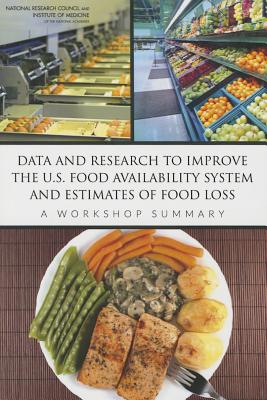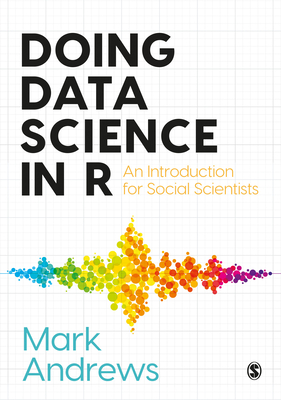The United States Department of Agriculture's (USDA's) Economic Research Service's (ERS) Food Availability Data System includes three distinct but related data series on food and nutrient availability for consumption. The data serve as popular proxies for actual consumption at the national level for over 200 commodities (e.g., fresh spinach, beef, and eggs). The core Food Availability (FA) data series provides data on the amount of food available, per capita, for human consumption in the United States with data back to 1909 for many commodities. The Loss-Adjusted Food Availability (LAFA) data series is derived from the FA data series by adjusting for food spoilage, plate waste, and other losses to more closely approximate 4 actual intake. The LAFA data provide daily estimates of the per capita availability amounts adjusted for loss (e.g., in pounds, ounces, grams, and gallons as appropriate), calories, and food pattern equivalents (i.e., "servings") of the five major food groups (fruit, vegetables, grains, meat, and dairy) available for consumption plus the amounts of added sugars and sweeteners and added fats and oils available for consumption. This fiscal year, as part of its initiative to systematically review all of its major data series, ERS decided to review the FADS data system. One of the goals of this review is to advance the knowledge and understanding of the measurement and technical aspects of the data supporting FADS so the data can be maintained and improved. Data and Research to Improve the U.S. Food Availability System and Estimates of Food Loss is the summary of a workshop convened by the Committee on National Statistics of the National Research Council and the Food and Nutrition Board of the Institute of Medicine to advance knowledge and understanding of the measurement and technical aspects of the data supporting the LAFA data series so that these data series and subsequent food availability and food loss estimates can be maintained and improved. The workshop considered such issues as the effects of termination of selected Census Bureau and USDA data series on estimates for affected food groups and commodities; the potential for using other data sources, such as scanner data, to improve estimates of food availability; and possible ways to improve the data on food loss at the farm and retail levels and at restaurants. This report considers knowledge gaps, data sources that may be available or could be generated to fill gaps, what can be learned from other countries and international organizations, ways to ensure consistency of treatment of commodities across series, and the most promising opportunities for new data for the various food availability series. Table of ContentsFront Matter1 Introduction and Background2 The Food Availability System and Food Loss Estimates: Current Methods, Data, and Uses3 Historical and Current Uses of the Data for Economic Modeling and Reporting of Statistical Trends4 Alternative Approaches for Estimating Food Availability: International and Domestic5 Alternative Approaches for Estimating Food Loss: International and Domestic6 Wrap-UpBibliographyAppendix A: Glossary and AcronymsAppendix B: AgendaAppendix C: Workshop ParticipantsAppendix D: Biographical Sketches of Speakers and Steering Committee MembersCommittee on National StatisticsFood and Nutrition Board
Get Data and Research to Improve the U.S. Food Availability System and Estimates of Food Loss by at the best price and quality guranteed only at Werezi Africa largest book ecommerce store. The book was published by National Academies Press and it has pages. Enjoy Shopping Best Offers & Deals on books Online from Werezi - Receive at your doorstep - Fast Delivery - Secure mode of Payment
 Jacket, Women
Jacket, Women
 Woolend Jacket
Woolend Jacket
 Western denim
Western denim
 Mini Dresss
Mini Dresss
 Jacket, Women
Jacket, Women
 Woolend Jacket
Woolend Jacket
 Western denim
Western denim
 Mini Dresss
Mini Dresss
 Jacket, Women
Jacket, Women
 Woolend Jacket
Woolend Jacket
 Western denim
Western denim
 Mini Dresss
Mini Dresss
 Jacket, Women
Jacket, Women
 Woolend Jacket
Woolend Jacket
 Western denim
Western denim
 Mini Dresss
Mini Dresss
 Jacket, Women
Jacket, Women
 Woolend Jacket
Woolend Jacket
 Western denim
Western denim
 Mini Dresss
Mini Dresss






























































